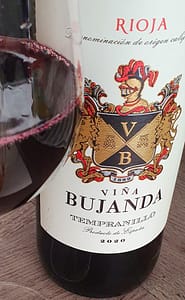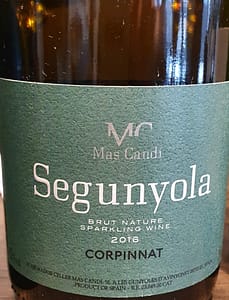Loxarel I have met at a couple of artisan fairs, in Barcelona, and as far as I remember, in London too. Masia Can Mayol, the official name, is Josep Medios, fifth generation. When he got in charge of the family firm at a young age he changed the philosophy of this old winery. He started bottling wines, converting to organic, then implementing biodynamic techniques. (Here is another good sparkler from the house.)
The winery is located in Villobí, on a plain not far from Vilafranca del Penedès, but they have also plots in El Pla de Manlleu, higher in altitude and a bit further west.
This winery is among the many that are now abandoning the DO Cava. Among the reasons for this can be a challenging reputation that the appellation has gained over the years, and the fact that it is not dedicated to one specific geographical area. More about this in a future article.
This particular sparkler is made up from xarel.lo 55% (now widely recognized as the best of the “usual suspects” for ageing), then macabeo 30%, parellada 5%, and the rest chardonnay, a grape that I have nothing against, even not here, even not native. I interpret the name a pèl +18 as the time spent on lees (and not skins).
A Pèl +18 Brut Nature 2016 (Loxarel/ Masia Can Mayol)
Light straw, greenish tones, creamy mousse. Mild Mediterranean smell of aromatic herbs, yeast, mature lemons and yellow apples. Creamy, tasty, rounded but dry.
Price: Low
Food: Apéritif, Iberian cured ham, light fish and shellfish…

















